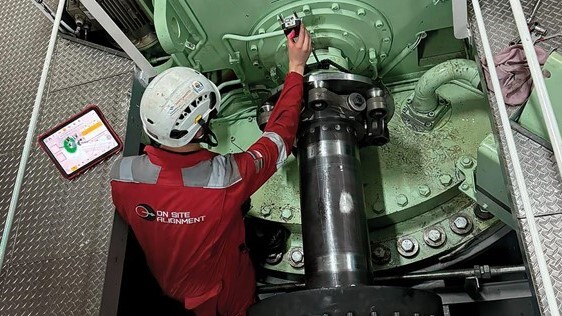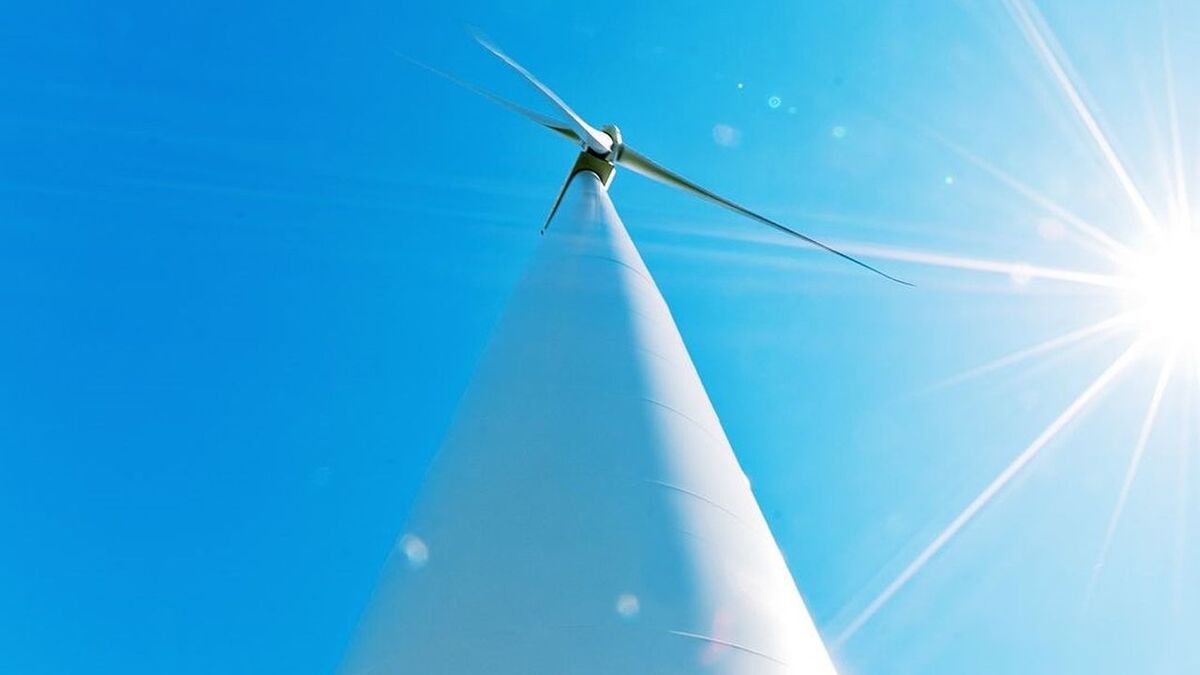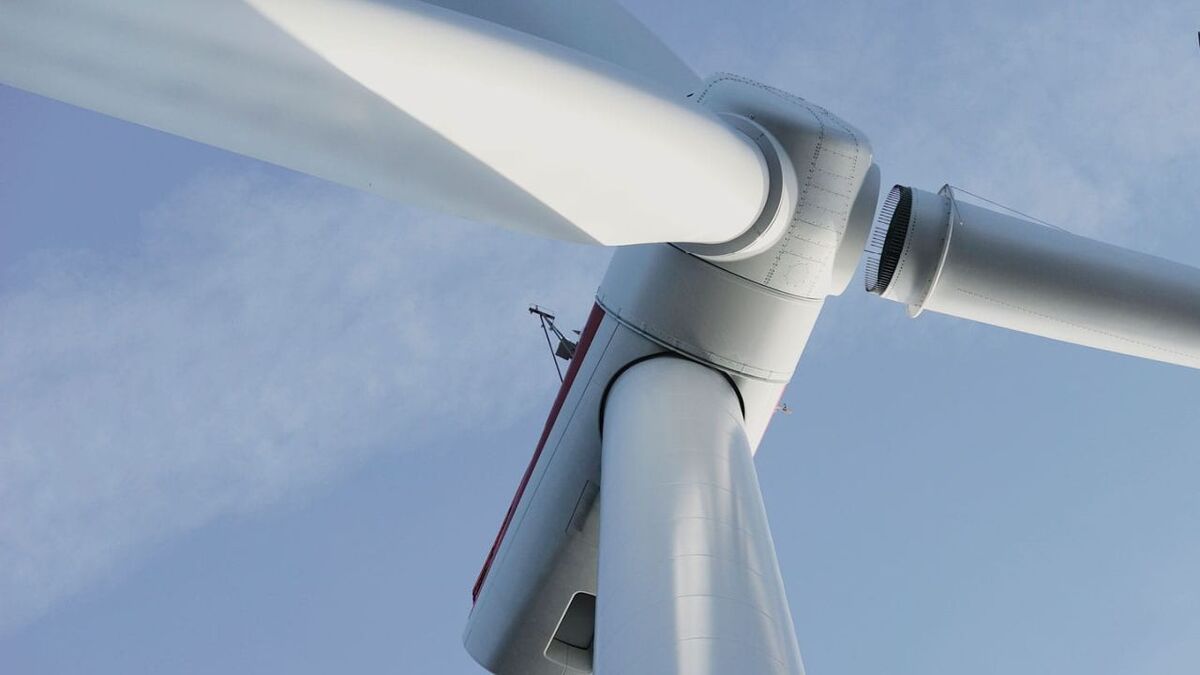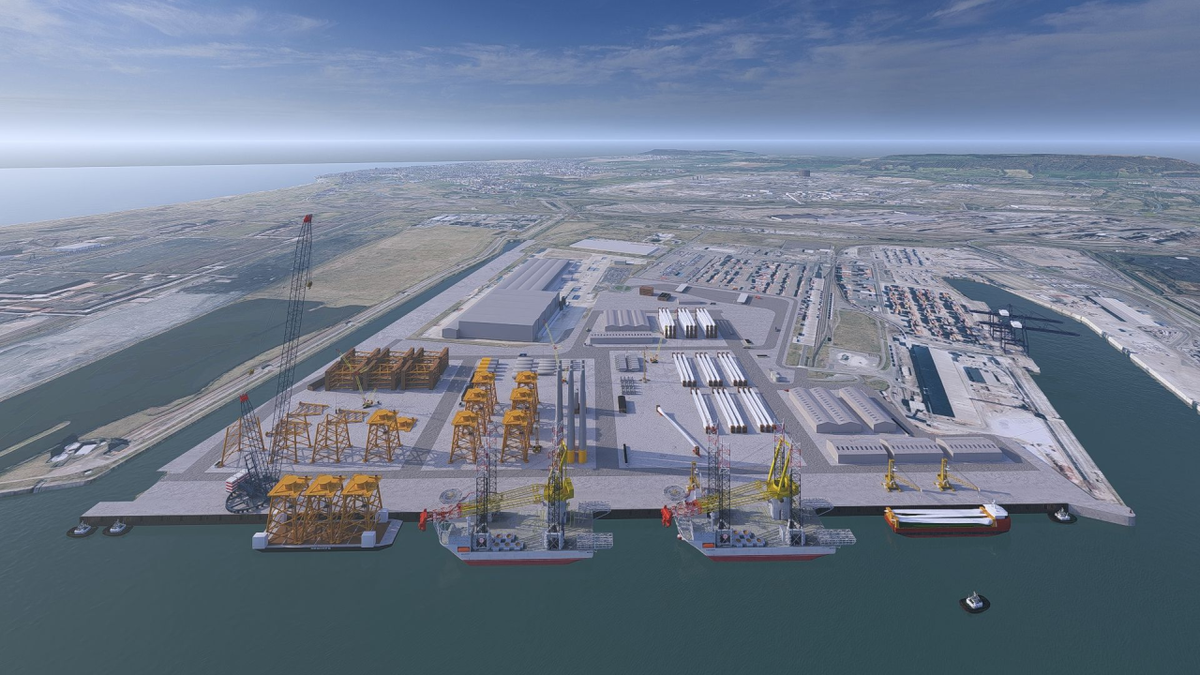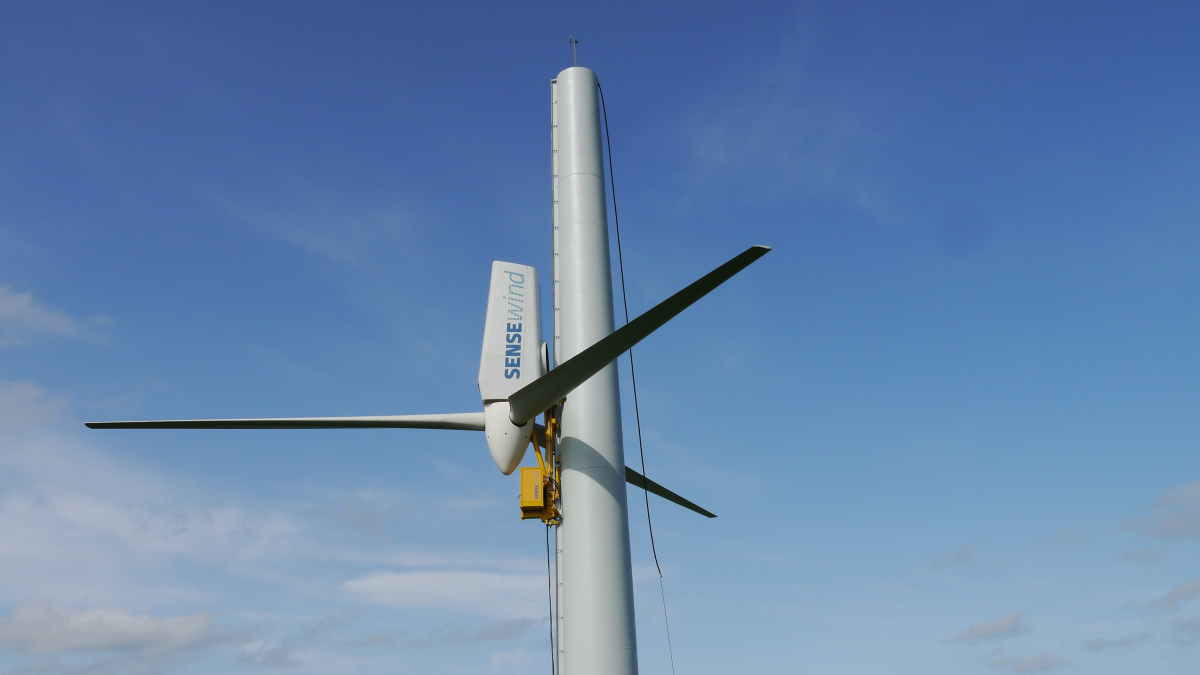Business Sectors
Events
Contents
Register to read more articles.
Government of Malta launches tender for first offshore windfarm
The Maltese Government has launched a tender for the country’s first offshore wind project, a floating windfarm in its execlusive economic zone
The developer of the project – a floating offshore windfarm of up to 320 MW – will selected via an auction process that will culminate in the award of a contract for difference (CfD).
The cost of the grid connection, including the windfarm’s offshore substation and export cable, will be borne by the Government. The project is to be developed approximately 25 km offshore in one of two potential sites with water depths of 100-150 m.
In a pre-qualification questionnaire issued to potential bidders and due to be submitted by 28 March 2025, the Ministry for the Environment and Energy said the project would be awarded via a competitive dialogue process, whereby the concessionaire will be responsible for the design, construction, operation, maintenance, and decommissioning of the floating windfarm in an area supply beyond the territorial waters of Malta within an area to be declared by Malta as its exclusive economic zone. The company will also be responsible for decommissioning the windfarm.
Two grid connection points are being considered at this stage; however this will be confirmed at the Invitation to Participate in Dialogue (ITPD) Stage according to the needs of the local grid. The concessionaire will also be responsible for the operation and maintenance of the offshore substation and export cable system, which will be owned by the Government of Malta.
The Ministry for the Environment and Energy noted that Malta is actively developing initiatives to increase its renewable energy capacity, particularly focusing on the untapped potential of floating wind energy.
Located in the central Mediterranean, Malta is surrounded by deep waters which, although unsuitable for conventional bottom-fixed structures, are a great opportunity to pursue the technological advancements of floating windfarms.
In January 2021, the Government of Malta agreed ambitious goals for offshore renewable generation with milestones marked for 2030, 2040 and 2050. Its long-term goal is to achieve carbon neutrality by 2050.
Related to this Story
Events
Maritime Environmental Protection Webinar Week
Cyber & Vessel Security Webinar Week
The illusion of safety: what we're getting wrong about crews, tech, and fatigue
Responsible Ship Recycling Forum 2025
© 2024 Riviera Maritime Media Ltd.

